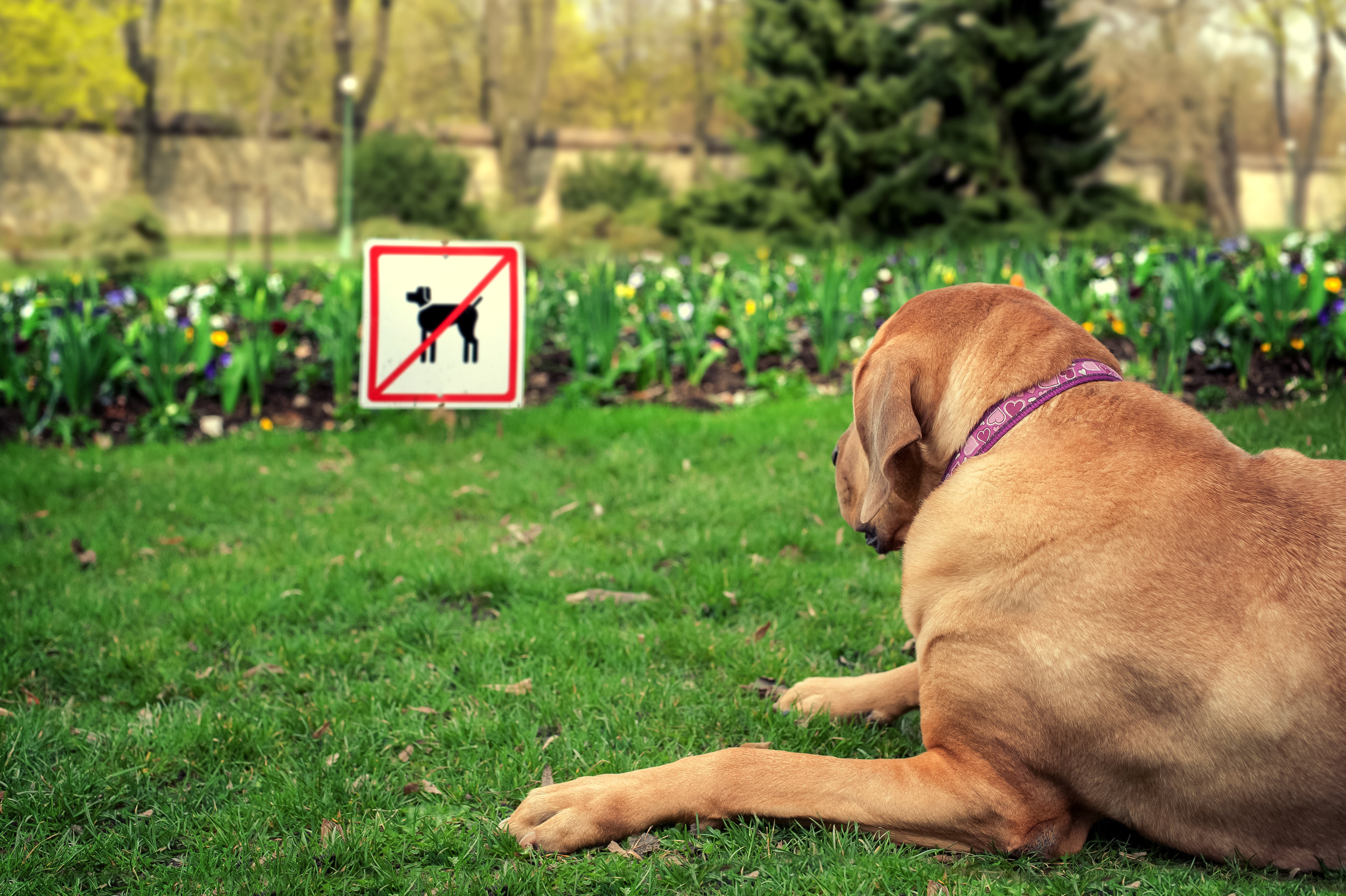A Darwin Talk video from EvolveLaw raising a question about what the future legal teams might look like.
Patdek - leveraging actionable patent-related information
Patdek for patent-related searches is coming
More about joint defense group invalidity contentions
For joint defense groups (JDGs) crafting invalidity contentions, the overriding problem is merging the resulting analysis together. JDGs are formed with the desire to collaborate and share resources. There are several ways a JDG can collaborate to create common invalidity defenses. In one arrangement, the law firms forming the JDG divide up the references, draft invalidity charts for the references, and then circulate the charts to other JDG members. One law firm then collects the charts to assemble the JDG's invalidity contentions. The contentions would include a list of references, proposed reference combinations, a coordinating document with reservations of rights, and an appendix of charts.
In another arrangement, each JDG member could serve their own individualized contentions, with the group merely exchanging charts for the set of prior art references. Each defendant simply leverages the initial charts and decides whether to include all or portions of the group's charts in its individualized contentions.
Can this process be improved?
We think we can help. If you've been reading this blog, you'll understand that we take a different approach. Instead of jumping into the process of prior art review and generating charts, we propose taking a step back to consider what claim features need to be extracted from the prior art.
Once a set of features have been identified (representing all aspects of the target claims), the analysis process begins and ends by looking for these features in the prior art. With this process, the group's analysis of the features can be merged together. References can be directly combined into multi-reference charts. The relationship between multiple references can also be better understood. Gaps in the prior art can be identified quicker. This leads to a better assessment of whether additional searching is required. Charts can also be generated on command for any reference against any claim.
With a web-based portal for the case, each JDG member has access to the prior art library and everyone's analysis. Each prior art contribution can be reviewed in real time. Since invalidity charts can be generated at the click of a mouse, the review process, not the charting process, takes center stage. A list of all references can be delivered with a few clicks so no reference is omitted. Combination lists can be easily generated. The main benefit, though, is that the group has a comprehensive understanding of each reference through various reports.
Under a traditional approach with each defendant just creating invalidity charts, you were less likely to understand the references reviewed by other defendants. To help in understanding prior art reviewed by another JDG member, we've created a report feature that summarizes each reference. Instead of looking at a reference's disclosure in the form of an invalidity chart, we provide a feature-based report for each reference. The report provides citations and associated text for each feature disclosed by the prior art reference.
Here is an excerpt from a prior art reference report:
You can see that quoted passages, citations, and the target patents for this reference are all included in the report. Depending upon priority date issues, you can designate whether a reference should be linked to a target patent for your invalidity contentions.
If you'd like to see the entire 8-page report for this reference, just send us a quick note and we'll send it out to you for further review.
Heat map for broader view of prior art analysis
We are just about finished beta testing a new feature. This new feature provides a visual representation of your prior art analysis. With several mouse clicks, you'll be able to see how many times a particular concept is found in your set of prior art under review. This feature allows a group of reviewers to not only focus their review efforts more precisely, but also determine whether further searching will be required. For joint defendants in a litigation, the heat map will enable more in depth discussions about prior art issues on a group conference call. Counsel for each defendant will be able to see how the group's analysis is proceeding and determine where to focus resources to improve the overall analysis. In the context of crowdsourcing your prior art analysis, you can now visualize how effective the group-based search was for the target concepts.
After the jump you'll find a sneak peak of the new "heat map" feature we are testing.
This is the main screen to select the concepts and claims of interest:
Here is a results screen for the heat map:
The displayed heat map provides a drill-down link to identify the references for each concept and relationship to claims.
In a future post, we'll discuss our efforts at crowdsourcing defense efforts against the Lodsys patent portfolio.
Specificity for section 103 combinations
In nearly every patent litigation, section 103 obviousness contentions will be served. How do you do this in your cases and what are your options? In later posts we'll discuss the specific approaches, including "combination buckets," section 103 invalidity charts, serpentine lists of combinations, but here we'll discuss how PatDek can give you an advantage in setting forth section 103 combinations. Because the PatDek platform is collaborative, a single form-based interface is presented to each reviewer. The prior art review team can consist of many lawyers, at different law firms, and at different locations. With a single interface, all analysis information for each reviewer forms a single data set. Resulting invalidity charts can then be generated in a uniform fashion. More importantly, the analysis of one reviewer can considered in combination with the analysis of all other reviewers.
This approach provides many benefits. For example, three references analyzed by three different reviewers can combined as a 103 combination. This specific combination may ordinarily be overlooked under the traditional approach to prior art review. A second benefit is that a chart can be generated with information from different references with only a few mouse clicks. The traditional approach requires cutting-and-pasting information from one chart to another.
Finally, all relevant combinations can be identified, considered, and most importantly, provided to the plaintiff as part of your invalidity contentions. More and more Courts now require a specific listing of each prior art combination that will be relied upon in litigation. Under the traditional approach, there are very limited ways of providing this specificity, and in a lot of instances, some of the proposed combinations may not be accurate or supportable.
Why we created PatDek
PatDek solves the never-ending, nagging problem we face as patent litigators - cutting/pasting/editing claim charts with changes, as our analysis of the prior art evolved over time. Maybe the change was adding or removing a passage from several charts, harmonizing citation formats, or altering the mapping of certain disclosures to specific claim limitations based on group feedback. For whatever reason, someone would identify a change that needed to be made for a prior art reference, and this change needed to be made across a number claim limitations and for a number of charts. Usually multiple edits were required and all of these edits needed to be made to all of the charts. These changes were time-consuming and interfered with our primary task - reviewing potentially relevant prior art references. For a given project, editing charts decreased the time that could be better allocated to applying the most relevant references against the target set of claims.
In our minds, effectiveness was impacted by the editing process. Now consider the next phase of litigation, after preliminary invalidity contentions. The charts may need to be changed against because of claim construction rulings or expert witness input, or maybe there is a new prior art reference for a combination. Yet another set of changes and more time devoted to a new theory further increases the time spent editing charts, not refining invalidity theories.
With PatDek, each change is made once and the change is applied to every applicable instance. Changing charts is no longer a time-consuming problem.
That was the thought process we followed. Why not make our jobs easier and just analyze references, then let a computer put charts together for us once the analysis is underway? This seemed straightforward, or so we thought back in 2001. Flash forward a decade and we're getting there, and we learned a lot along the way.







